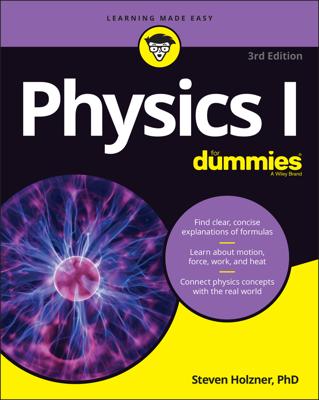One viewpoint is that both string theory and loop quantum gravity may actually represent the same theory approached from different directions. The parallels between the theories are numerous:
String theory began as a theory of particle interactions, but was shown to contain gravity. Loop quantum gravity began as a theory of gravity, but was shown to contain particles.
In string theory, space-time can be viewed as a mesh of interacting strings and branes, much like the threads of a fabric. In loop quantum gravity, threads of space are woven together, creating the apparently “smooth” fabric of space-time.
Some string theorists believe the compactified dimensions represent a fundamental quantum unit of space, while LQG starts with units of space as an initial requirement.
Both theories (provided certain assumptions are made) calculate the same entropy for black holes.
One way to view the differences is that string theory, which began by applying principles from particle physics, may point toward a universe in which space-time emerges from the behavior of these fundamental strings. LQG, on the other hand, began by applying general relativity principles and results in a world where space-time is fundamental, but matter and gravity may emerge from the behavior of these fundamental units.
At one time, Lee Smolin was one of the major supporters of the viewpoint that string theory, M-theory, and loop quantum gravity were different approximations of the same underlying fundamental theory. Over the last decade, he has become largely disillusioned with string theory (at least compared to his earlier conciliatory stance), becoming a prominent advocate of pursuing other avenues of inquiry.
Some string theorists believe that the methods used by LQG will eventually be carried over to string theory, allowing for a background-independent version of string theory. This is very probable, especially given that the string theory landscape seems capable of absorbing virtually any viable theory and incorporating it as a part of string theory.
Despite the possible harmony between the two fields, at the moment they are competitors for research funding and attention. String theorists have their conferences, and loop quantum gravity people have their conferences, and rarely shall the two conferences meet. (Except for Lee Smolin, who seems to have rather enjoyed flitting over to the string theory side of things over the years.) All too often, the groups seem unable to speak to each other in any meaningful way.
Part of the problem is one of sociology. Many string theorists, even in research papers, use phrases that make it clear they consider string theory to not only be their preferred theory, but to be the only (or, in cases where they’re being more generous, the “most promising”) theory of quantum gravity.
By doing this, they often dismiss LQG as even being an option. Some string theorists have indicated in interviews that they are completely unaware of any viable alternatives to string theory! (This is because string theorists aren’t yet convinced that the alternatives are actually viable.)
Hopefully, these physicists will find a way to work together and use their results and techniques in ways that provide real insights into the nature of our own universe. But so far, loop quantum gravity, like string theory, is still stuck on the drawing board.

